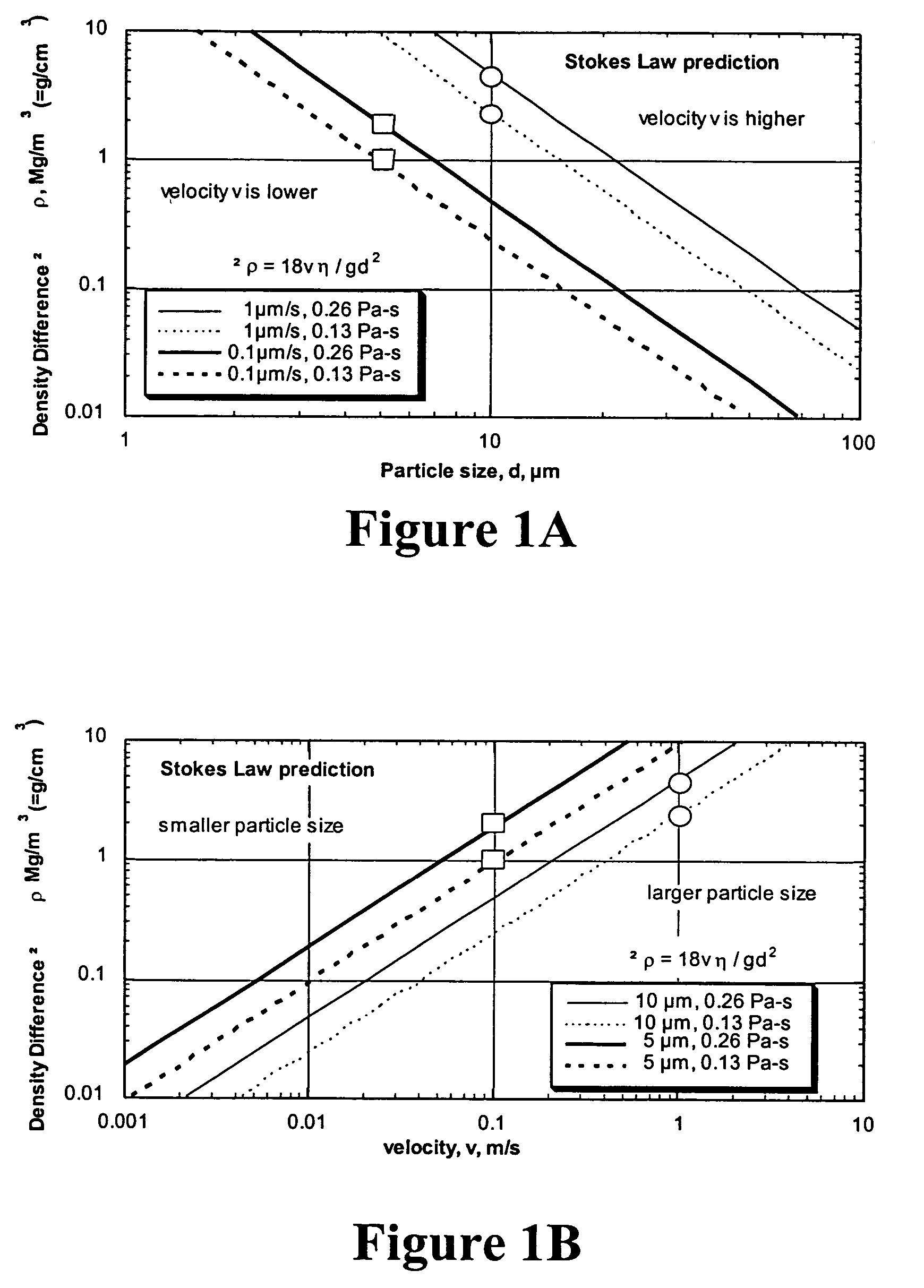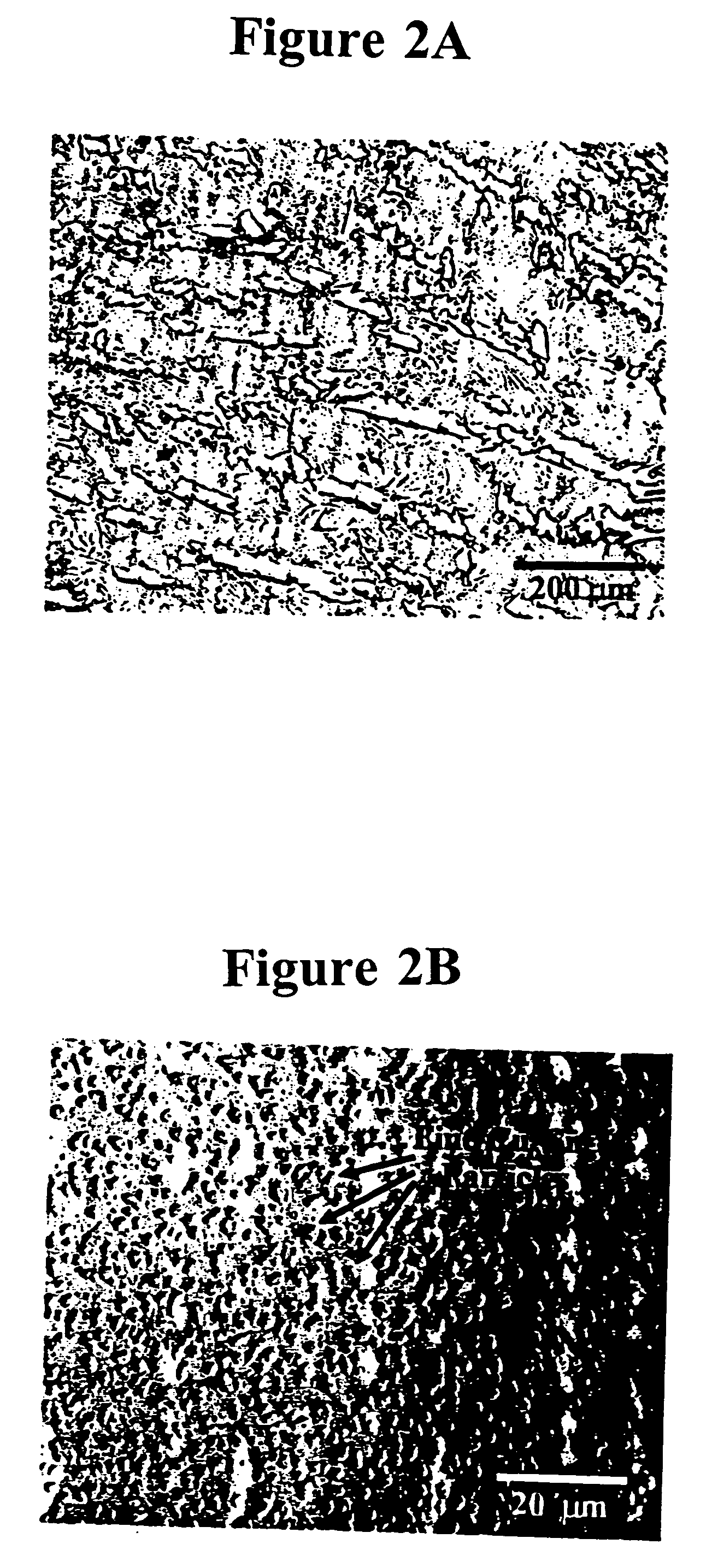Methods for producing lead-free in-situ composite solder alloys
a composite solder alloy and lead-free technology, applied in the direction of welding/cutting media/materials, manufacturing tools, soldering apparatus, etc., can solve the problems of high instability of the microstructure of the solder under typical operating conditions, no suitable substitute for tin/lead solder alloy at present, and the use of lead-bearing solders in electronic applications. , to achieve the effect of enhancing ductility, reducing creep rate and increasing strength
- Summary
- Abstract
- Description
- Claims
- Application Information
AI Technical Summary
Benefits of technology
Problems solved by technology
Method used
Image
Examples
Embodiment Construction
[0025]Methods for producing lead-free, in-situ composite solders with intermetallic particulate reinforcements are provided. In one embodiment, a method of the present invention comprises the steps of identifying a solder that will be the matrix of the composite solder, providing a class of intermetallic compound for the strengthening phase and mixing the solder and the elements that will form the intermetallic compound in the desired ratio. The method further comprises heating the mixture until all of the individual components are melted (non-solid) and then rapidly cooling the mixture by quickly reducing the temperature (e.g., by splat quenching or a similar method), thereby solidifying the mixture. In an alternative embodiment, after heating the mixture, the mixture is cooled until it is in solid form and reheated to a temperature slightly above the melting temperature of the intermetallic compound, and then rapidly cooled. The resulting solder has very fine precipitates of the i...
PUM
| Property | Measurement | Unit |
|---|---|---|
| Length | aaaaa | aaaaa |
| Fraction | aaaaa | aaaaa |
| Size | aaaaa | aaaaa |
Abstract
Description
Claims
Application Information
 Login to View More
Login to View More - R&D
- Intellectual Property
- Life Sciences
- Materials
- Tech Scout
- Unparalleled Data Quality
- Higher Quality Content
- 60% Fewer Hallucinations
Browse by: Latest US Patents, China's latest patents, Technical Efficacy Thesaurus, Application Domain, Technology Topic, Popular Technical Reports.
© 2025 PatSnap. All rights reserved.Legal|Privacy policy|Modern Slavery Act Transparency Statement|Sitemap|About US| Contact US: help@patsnap.com



